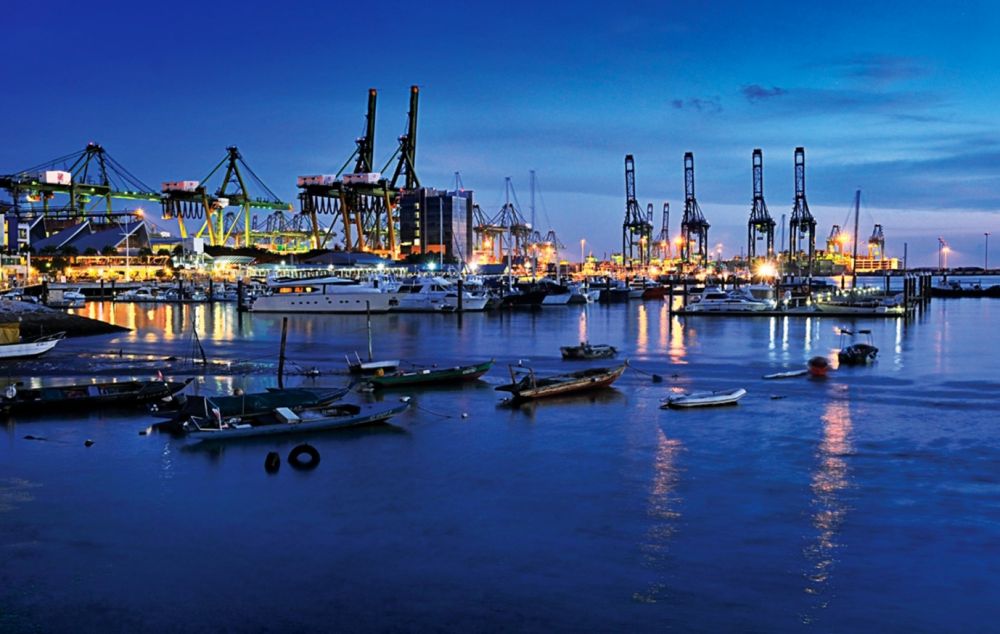Singapore’s first solar-powered ferry terminal to open in 2017
Singapore Cruise Centre’s (SCC) Tanah Merah Ferry Terminal (TMFT) will become the Asia-Pacific region’s first solar-powered ferry terminal

Singapore Cruise Centre’s (SCC) Tanah Merah Ferry Terminal (TMFT) will become the Asia-Pacific region’s first solar-powered ferry terminal.
SCC is partnering with local solar firm Sunseap Group to source all of the terminal’s energy requirements, and is expected to be up and running from June 2017.
Under the agreement, SCC will buy 100 per cent of TMFT’s energy requirements via a hybrid offer that allows SCC to utilise solar power and supply from the grid, covering all equipment and installation costs.
Sunseap will install a 650 kiloWatt-peak (kWp) solar photovoltaic (PV) system on the roof of the terminal; generating roughly one-third of the TMFT’s energy requirements, with the remaining two-thirds being met by renewable electricity from the grid.
Frank Phuan, Co-Founder and Director of Sunseap Group, said: “Sunseap is always looking for ways to make the adoption of clean energy a smooth transition for our clients. The hybrid offer gives us more flexibility to devise an attractive offer for our clients.”
The TMFT, which is a popular departure point for travellers wishing to visit the nearby Indonesian islands of Batam and Bintan, consumes around 3.4 million kilowatts of energy annually.
The new solar installation is projected to offset a minimum of 327 tonnes of carbon dioxide each year.
Christina Siaw, CEO of SCC, said: “As Singapore’s leading operator of cruise and ferry terminals, SCC believes in embracing sustainability in our operations and harnessing technology to do so whenever possible.”
She went on to say: “The deal with Sunseap will allow us to tap solar power but still be assured of stability of energy supply to keep our terminal running smoothly. At the same time, we are reducing carbon footprint and achieving savings on our electricity bills.”
The price of solar modules have fallen considerably in recent years to the point where the cost of generating solar electricity is equal or lower than that of conventional sources.
At the same time, the Singapore government is encouraging business and households to switch to renewable energy sources.
Last month, the government announced the introduction of a new carbon tax which will come into force by 2019, with initial prices set between US$7 and US$14 per tonne of emissions.
Never miss an update by signing up to our free newsletter here.
Image source: William Cho/Flickr




